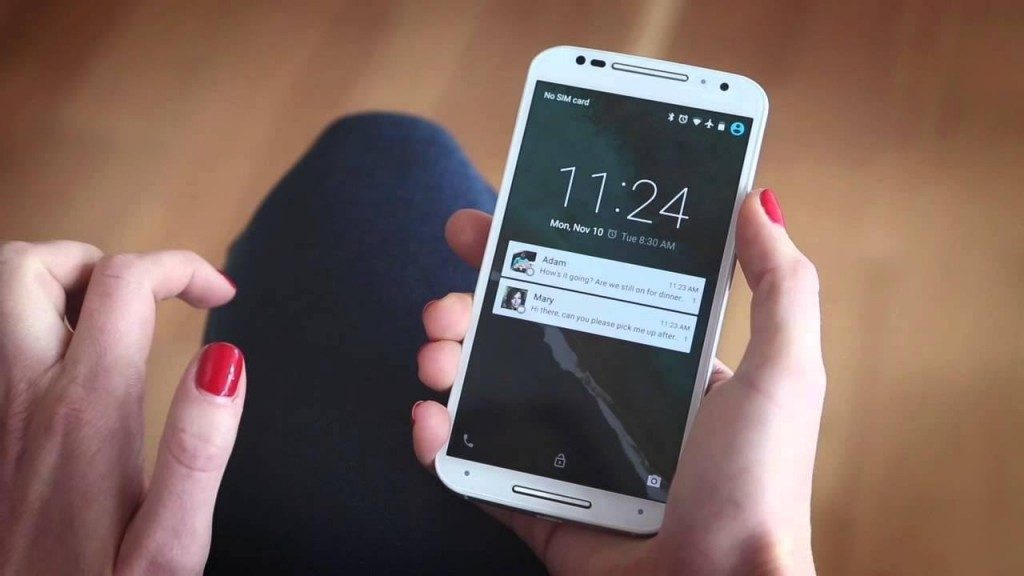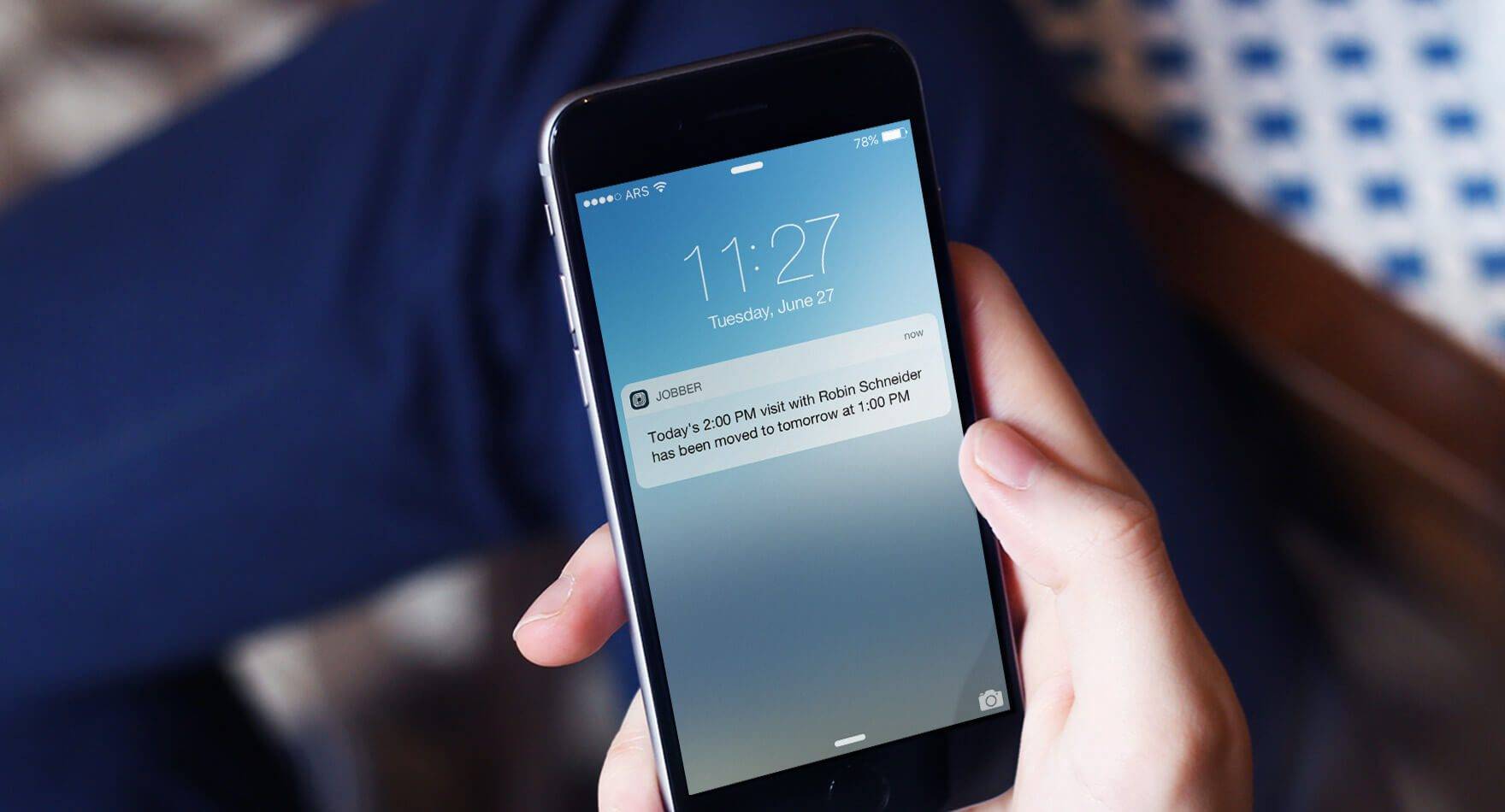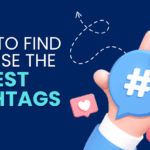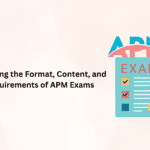1. It is expensive?
Push notifications today are one of the most economical channels of website communication with the user. For comparison: the cost of delivering an SMS varies from 0.25 to 1.5 rubles per message, and the cost of an e-mail is from 0.1 to 0.35 rubles per letter. At the same time, in most cases browser push notifications are delivered free of charge (for example, at the “ Free ” tariff from The Push Hub service).
If you use different marketing tools that the service provides for large-scale campaigns, the cost of sending a push can be about 0.0001 rubles per message, which is 10,000 times lower than e-mail. At http://www.thepushhub.com you will get an various perfect services for push notifications.
2. What if no one reads my push notifications?
In addition to cost, an important factor in the use of push notifications is a high level of loyalty and agreement to receive the newsletter. Since to subscribe to notifications you do not need to make additional manipulations (to provide an email address and other data), the proportion of those who agreed is very high.
According to statistics from the The Push Hub service, about 6% of visitors give their consent to receive notifications, while Safari and Chrome users are twice as high as 12%.
If you want to increase the loyalty indicators, it is desirable to closely cooperate with the personal manager dispatches the operator – this option is available to subscribers of the tariff “Unlimited ” from The Push Hub. Managers will consult on the creation of promotional materials for site content and mailings to increase conversions into a subscription.
3. How to embed push notifications in a marketing strategy?
Now push is used not only as an independent channel, but also as a final element in the marketing chain, for example, if you want the client not to miss an important event, limited in time.
If you notify the client about reissuing a bank card upon expiration of its validity period, he will be dissatisfied with the fact that he was not warned in advance. But everyone knows that too early alerts are forgotten. Therefore, banks that have integrated browser push include them in a chain as a “final signal”.
First, a letter is sent to the client a week with information about the need to reissue a card. For three days – the second (sometimes the third) letter, with a brief reminder. And on day X, he receives a push notification that works as a trigger causing immediate action. According to statistics from The Push Hub, this mix increases conversion by an average of 30%.
Over time (and experience) you will be able to develop such strategies yourself. And users of the “Unlimited” tariff will be able to receive advice on mailing strategies from their personal The Push Hub manager, who always has a lot of interesting cases in stock.
4. What if I can’t make push notifications effective?
According to statistics, the personalization of push-notifications approximately doubles their effectiveness compared to ordinary notifications. To set up the most accurate personalization, you must first outline the possible segments of the intended audience of your site.

Here are some of the segmentation parameters that The Push Hub Manager can advise when building personalized push notifications:
- The number of visits at stage X in the time frame Y;
- Number of views of the goods;
- Frequency of visits;
- Involvement;
- The number of viewed and purchased goods;
- Histogram of visiting time: hour day week;
- Maximum viewing of a product or category;
- User path: home, directory, card, add to cart;
- Average time between visits;
- Number of visits before conversion;
- Conversion chain.
These interaction parameters are superimposed on user data, such as OS type, browser type, typical day of the week and user activity time, and many others.
5. What if I can’t integrate push notifications on the site?
Advanced users can install push-notifications on their own, but it will require considerable effort. Please note that your site must have an SSL certificate and support a secure connection over HTTPS. If it is, you need to create an API in console.developers.google.com. The process is quite painstaking and this often stops site owners from experimenting.
Fortunately, now in specialized services you can integrate push-notifications in just a few clicks. If you have chosen The Push Hub for these purposes, then there is the option of a personal consultant who will help with training in the use of functionality and even integration of the code on the site. Plus, technical support will allow you to avoid “crashing” the system, if any technical changes have occurred on your resource.








